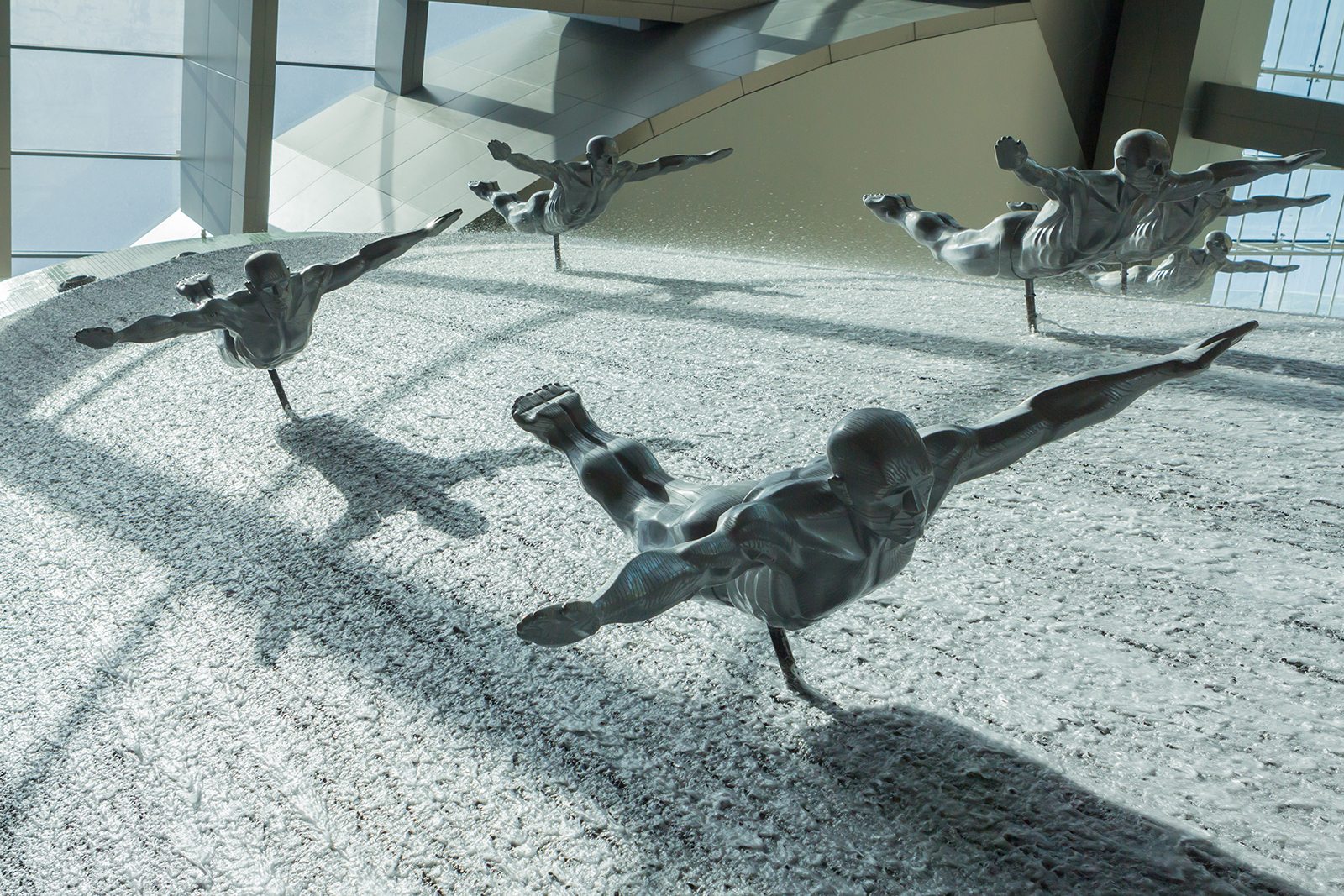Temples of Hampi – Vijayanagara Empire
As I moved away from the south bank of the Tungabhadra river, Hampi revealed more temple awesomeness. No account of the temples of Hampi is complete without including Sasivekalu Ganesha, Kadalekalu Ganesha, Krishna Temple, Vitthala Temple, Lakshmi Narasimha Temple, Malyavanta Raghunathaswamy Temple, and the ruins of Chandikeshwara Temple.
The deities within these temples may vary (and sometimes, missing), but what binds them together is the exquisite granite carvings. Built between the 14th and the 16th centuries, they flaunt signature period workmanship.

The Ganeshas
Less than half a kilometre apart lie two Ganesha Temples – the Kadalekalu Ganesha, and the Sasivekalu Ganesha.
Kadalekalu is the bigger of the two. It is housed under an open-air granite mandapa (a pillared pavilion). Its idol has a pot belly resembling a black gram or chana, called Kadalekalu in Kannada, and hence the name.

Locals call the other temple with a smaller Ganesha idol, ‘Mustard Ganesha,’ because a grain of mustard is smaller than a black gram. This idol is in an enclosed sanctum sanctorum, which is dark. Hence, it is best visited during daylight hours.

Krishna, Lakshmi Narasimha, and Chandikeshwara Temples
A long paved pathway leads you to Lakshmi Narasimha Temple, which has a massive Vishnu idol in its Narasimha (half man, half lion) incarnation. This is the largest idol in Hampi. The idol once had Vishnu’s consort, Lakshmi, sitting in his lap, but that part of the idol is now missing. While the side walls exist, its roof has given way.

Just outside this enclosure is Badavalinga Temple. It houses a large shivalinga in a water-filled chamber. This shivalinga is the largest in Hampi. It is called Badavalinga as a poor woman had it built and badava in Kannada means poor.

Close by, you will find Krishna Temple. It has many small shrines, pavilions, and a pillared peripheral verandah. These structures are in good shape. The idol from its sanctum sanctorum is now an exhibit in the Chennai Museum. The carvings on the pillars and the shrine domes depict stories from epics.

Chandikehswara Temple is a little distance from the Krishna Temple. With its deity missing, now it is just an exquisite architectural specimen.

Vitthala and Malyavanta Raghunathaswamy Temples
Vitthala Temple is around 2 km northeast of Krishna Temple. A pillared bazaar flanks its approach. It is one of the largest temple complexes in Hampi. Built in the Dravidian style of architecture, many superlative marvels adorn its shrines. These include the famed musical pillars and an incredible stone chariot. Little wonder they consider it the icon of Hampi.



Dedicated to Lord Rama, Malyavanta Raghunathaswamy Temple is located atop Malyavanta Hill. Away from the famous temple clusters of Hampi, they built this one around a large boulder.
While its main shrine has the idols of Rama, Lakshmana, Sita, and Hanuman carved out of a single boulder, the complex also has a small shrine dedicated to Shiva.

Though isolated from the other temples, this scenic Malyavanta hilltop temple is a favourite spot to view sunsets.
This post may mark a close to my account of Hampi, but experiencing it first-hand is a definite high. Your South India itinerary must include this UNESCO site to get a feel of the golden centuries of the Vijayanagara Empire.
My next post will be about another lesser-known dynasty from South India. Till then, so long!
Pin this granite art!



















